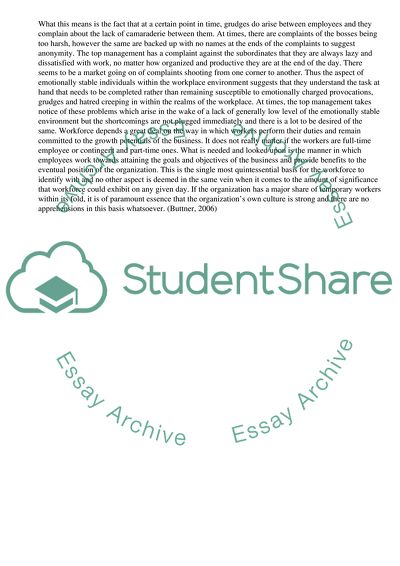Cite this document
(The Main Obstacles to Effective Organizational Performance Essay, n.d.)
The Main Obstacles to Effective Organizational Performance Essay. Retrieved from https://studentshare.org/management/1717924-see-assignment-criteria-essay-question-to-long-to-fit-in-here
The Main Obstacles to Effective Organizational Performance Essay. Retrieved from https://studentshare.org/management/1717924-see-assignment-criteria-essay-question-to-long-to-fit-in-here
(The Main Obstacles to Effective Organizational Performance Essay)
The Main Obstacles to Effective Organizational Performance Essay. https://studentshare.org/management/1717924-see-assignment-criteria-essay-question-to-long-to-fit-in-here.
The Main Obstacles to Effective Organizational Performance Essay. https://studentshare.org/management/1717924-see-assignment-criteria-essay-question-to-long-to-fit-in-here.
“The Main Obstacles to Effective Organizational Performance Essay”, n.d. https://studentshare.org/management/1717924-see-assignment-criteria-essay-question-to-long-to-fit-in-here.


